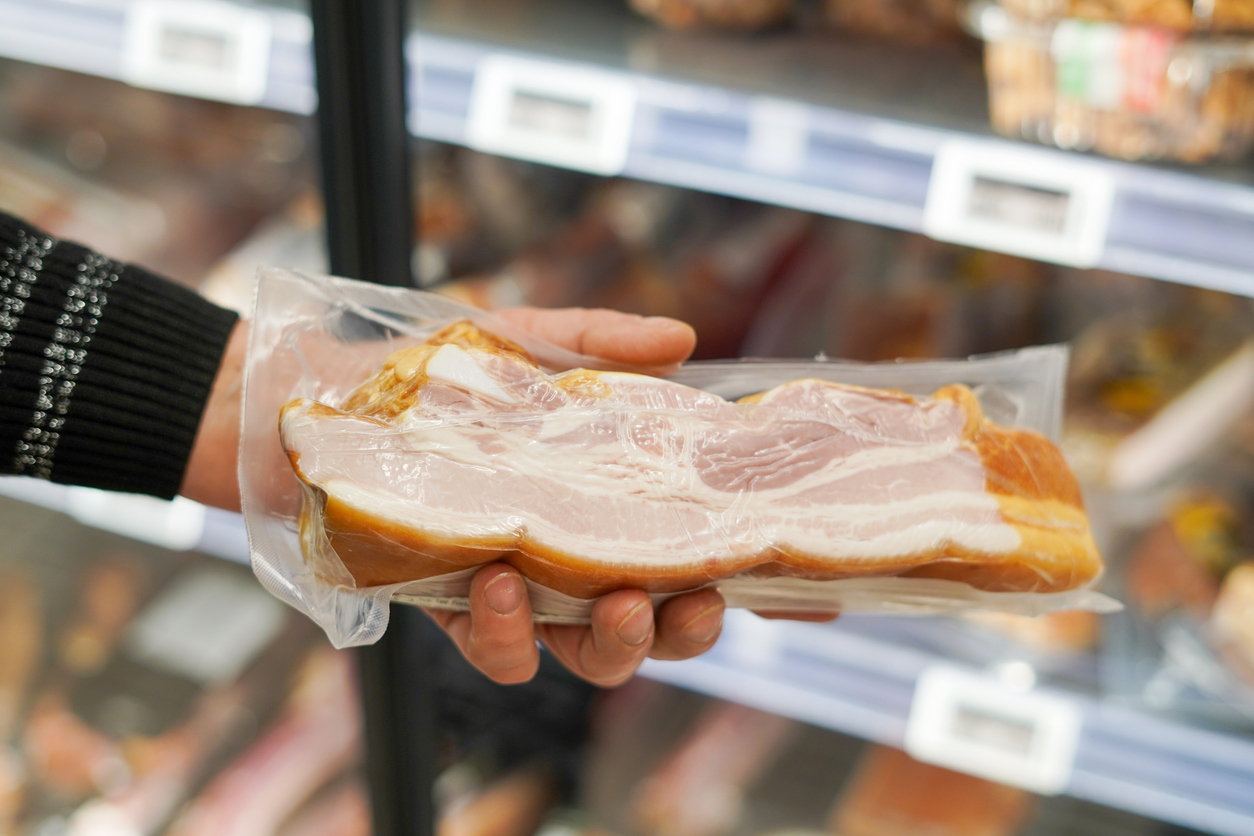The implementation of California’s Proposition 12, an animal housing law that went into effect earlier this year, has significantly increased the cost of pork in the state. The law has also left producers throughout the United States debating the benefits of retrofitting their animal pens.
Under Proposition 12, veal calves must be provided 43 square feet of floor space, laying hens must be afforded 1 to 1.5 square feet of cage-free space either indoors or outdoors, and breeding pigs (sows) must be provided at least 24 square feet of space in a pen without touching another animal. Food resulting from animals which are not raised under the auspices of Proposition 12 is banned from sale in the state of California.
The space requirements have been particularly challenging for pork producers. California now consumes about 10 percent of the fresh pork produced in the United States (down from 13 percent just a year ago) but ranks 28th in the nation in production, with just 82,000 hogs in the state, or 0.06 percent of the 133 million hogs grown in the U.S. annually.
In a recent report from the U.S. Department of Agriculture’s Chief Economist, the downturn in consumption was attributed to the spike in pork prices throughout the state. According to the USDA, one month into implementation of Proposition 12, prices for common pork cuts have increased dramatically: bacon increased 16 percent, pork ribs increased 17 percent, pork loin increased 41 percent, and pork shoulder increased 17 percent.
Observations of bacon prices have noted identical packages of bacon being priced at $10.98 in California versus $4.98 elsewhere, a 75 percent difference in price. Regional pricing of items is not uncommon, with the West Coast often being the most expensive region of the country for everything from gasoline to bread. However, the cost disparities noted between California’s pork products and the rest of the country are likely not just a result of regional pricing differences but rather policy decisions.
While consumers grapple with the cost increases in the grocery store, producers are entertaining their own set of cost increases: housing retrofits.
For pork producers familiar with open penning like what is required under Prop 12, the primary concern is about how communal animals live. In a recent story, one producer said he understood the idea of more space being provided but believed applying a human preference to the desires of a communal animal was not the right comparison to make.
More specifically, a traditional gestation pen, the primary penning issue addressed for sows under Prop 12, is 16- to 18-square feet in size. To be Prop 12 compliant, gestation pens must provide a minimum of 24 square feet per pig in which the animal can turn around without touching the sides of the pen or another animal. Producers can accommodate this requirement in two ways: reduce herd size or expand pen size. If producers choose to expand pen size, an increase of about 38 percent, it will cost an estimated $60/sq ft or $1,440 per sow.
In late December 2023, the USDA reported a national breeding hog herd of 6 million. If the retrofitting of pens for every breeding hog in the U.S. was required, it would cost pork producers approximately $8.6 billion. Likely, some portion of gestation pens were already Prop 12 compliant but retrofitting still represents a significant economic impact to producers throughout the U.S.
The real effects of Prop 12 will probably take an entire year post-implementation to become apparent. There will be a market normalization of pork costs for consumers to consider. Producers will have to retrofit pens and determine how to absorb the costs into their overall operating expenses. After both sides of the production spectrum have borne the burdens of Prop 12, the U.S. will be able to observe who the biggest losers are. The truth is it will likely be everyone.




